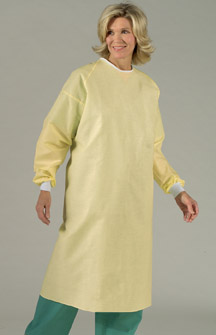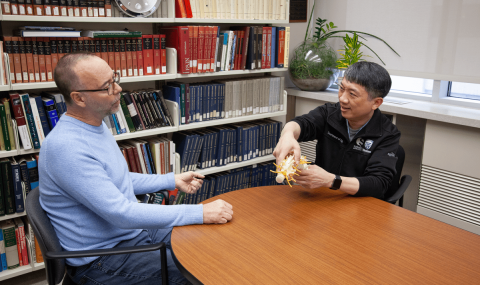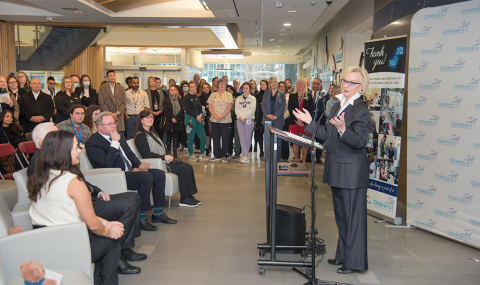Patients may have isolation precautions. The most common isolation is "contact isolation". Visitors need to wear gowns and gloves if they are touching the patient. This is to help prevent the spread of germs that are spread by direct contact. These types of germs are not spread in the air.
Occasionally, a patient might have a respiratory disease that can be spread by droplets in the air. Patients who are on ventilators carry less risk than patients who are openly coughing secretions, however, a patient may still cough and spray secretions into the room. Visitors will need to wear a mask, gloves and mask. It is important not to rub your face or eyes when in contact with the patient, to prevent germs from getting into the mucous membranes of your eyes, nose or mouth.
Reverse isolation is used when we want to protect a patient from others. This is very rare.
Patients may be isolated in a regular room, or we may isolate patients in one of the 5 rooms that have special airflow (1D, 1E, 3D, 3E and 3F). Most frequently, these rooms will have patients in them that do not need the special isolation.
The nurse caring for the patient will instruct you on the type of precautions your will need to take during your visit.
Remember, good handwashing is the most important protection for the patient and others.



